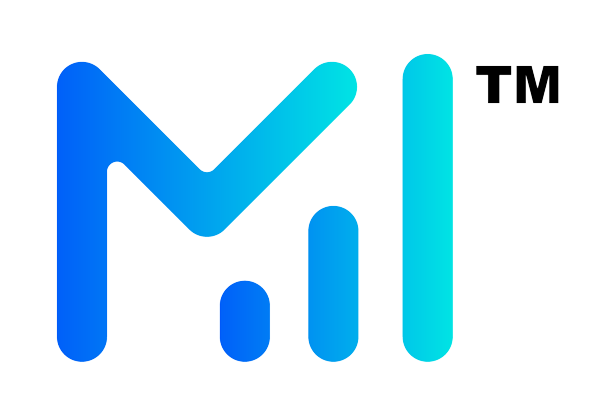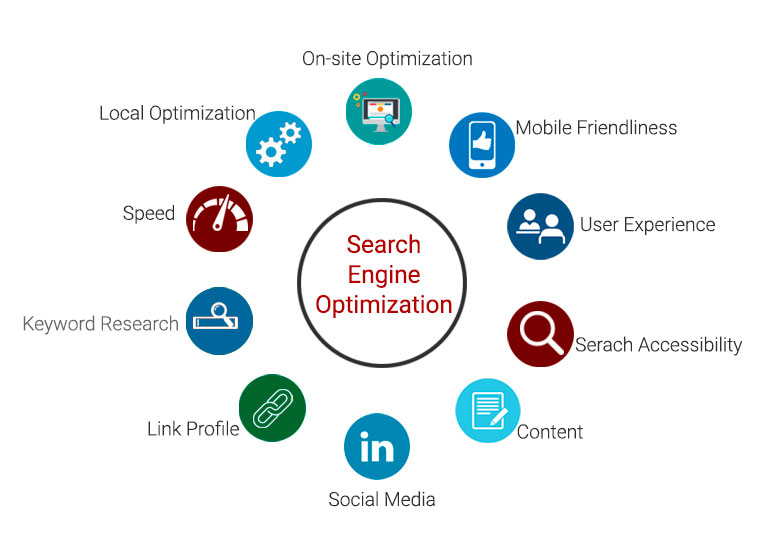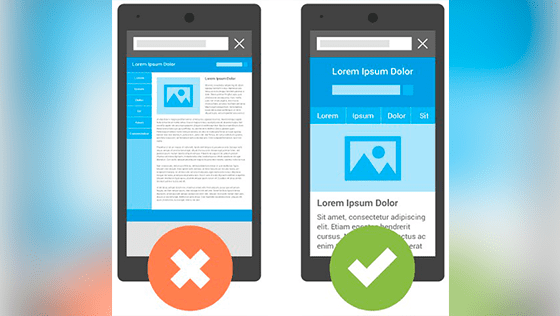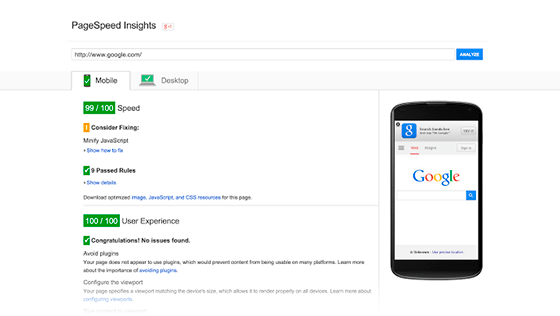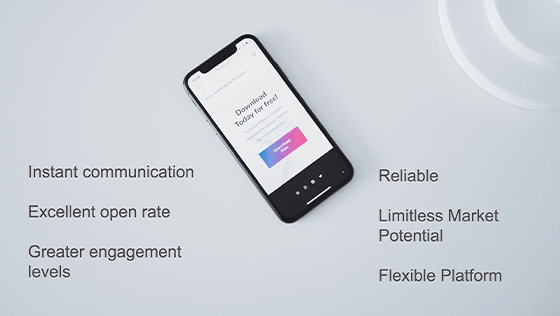On-Page SEO is a short term that encapsulates all the factors you need for web page optimisation within the website like good quality content, user-friendly interface, html code optimization for higher ranking and to reach higher traffic. On-Page however equally complement with the Off-Page SEO which is based in creating Inbound link and social bookmarking.
There are hundreds of SEO factors both On-Page and Off-page which determine ranking and visibility. SEO demands keep on changing as Google’s algorithm keeps on changing too. Mastering SEO is as difficult as decrypting an ancient text however mastering these simple factors can be a game-changer.
Here I am going to highlight few points which will crunch-point your SEO:-
KEYWORDS
Keywords are the basic words which user use in searching queries on search engine. The keyword tools help us to emphasize and analyze more on what our content should focus on and what to write about. It helps to create content which ranks organically and drive the target audience into our site. As a content writer you want to write on relevant keywords which sync with your niche and there are many keyword tools which solve this such as Google Adwords Keyword Planner, it offers you quality keywords based on trending and for further optimisation.
- Keyword in Title Tag: We should ensure the primary keyword of the content to be present in the title tag as it is one of the most relevance optimization factor for search engine.
- Keyword in H1 Tag: Keyword need to be inserted inside the of html code as it scans and reveals the description of your page. It gives more weight than other headings and helps in search engine ranking.
- Keyword in Meta Description Tag: It is an HTML attributes having a snippet of what your content is about. It contains about 160 char.
Mobile Friendly: A site interface should be user friendly as well as mobile friendly which means that the site should be responsive and compatible in any device based on technical set up.
Website Structure: A well organized website structure navigates the user and the crawler to find what they are looking for faster. An organized site act as signage to other pages, helps the crawler understand what your page is about and most importantly it makes the user more convenient while operating.The flat site structure has more beneficial over the deep site structure as it takes shorter duration to open. On building a site structure we should keep in mind that content are break logically into the core as it makes the user and crawler to land faster.
Sitemap: There are six type of sitemaps but only two sitemaps are created specifically for search engines i.e HTML and XML file. The most widely used sitemap is an XML file, it gives the list of available URL of your page and with the help of webmaster it informs the search engine like google, bing,yahoo etc to crawl on the available URLs.
URL: A URL (Uniform Resource Locator), or commonly known as a web address. It is the location of your page in a website. Make sure your HTTP URL is getting redirect to HTTPS URL for an SEO friendly URL.
Error: Eliminate the server errors, there should not be any 301, 302 redirects. There are many tools which can crawl your site to verify the errors and to navigate your site such as Screaming Frog, etc.
Indexing: Website indexing is the process of downloading data from webpages and storing it into databases by search engines like Google. They do this because they need to process data to display most relevant results to their users, when they search in Search Engine.
So, Web page indexing is important for websites to being displayed in search engines against user queries.
Page Speed: The page speed of a site determine the quality of the site and improves ranking. It is the time taken by the user to load the webpage. Fast loading webpage are likely to improve user’s experience and are user-friendly.
Alt. Text: Make sure your image file name are contextually similar with your text contain in alt. Tag. Also alt. Text is not for decorative images having borders etc.
Internal Linking: Internal linking helps google find out what your site is about and give ideas of your website structure because google bots crawl the build hierarchy, so using a right internal strategy can boost your SEO. Whenever you write any new post build a link connecting to the homepage or to old articles, this will provide users more value added information and reduce the bounce rate.
Social Sharing Button: An automated social sharing button should be introduce which will link to your website. You can amplify across the web via facebook, twitter etc.
CONTENT
As we all know content is optimal for SEO. A content is like a fuel which drives the engine so a good content keeps hold of the new and existing viewers.
Few of the things should be kept in mind while creating a content-:
- Freshness: A fresh content impact on site ranking. Google crawls every page and it has high sensitivity of a fresh content. A density of a page weight over the length of a content. The valuable information available on the content matters and the topic it covers frequently based on freshness.
- Content Length: Some of the sources suggest to have at least 500-600 words for a page to rank in google however a good quality content of minimum 300 words top ranked in the search engine too. But when view overall content length and the ranking are equally proportional i.e longer the content length, higher the ranking. It is worthless to write 1500 words with unnecessary information but an article carrying 300 words with concise is enough.
- Content Engagement: A good content with a good engagement excels the game. One should interact with their audience, this help them analyse their audience preferences and what their readers are looking forward to.
Therefore it is always wise to have a diverse mix of content available without being skeptical to your readers, with a slight skew to longer and fresh content, with a commitment on providing the best material you can.
